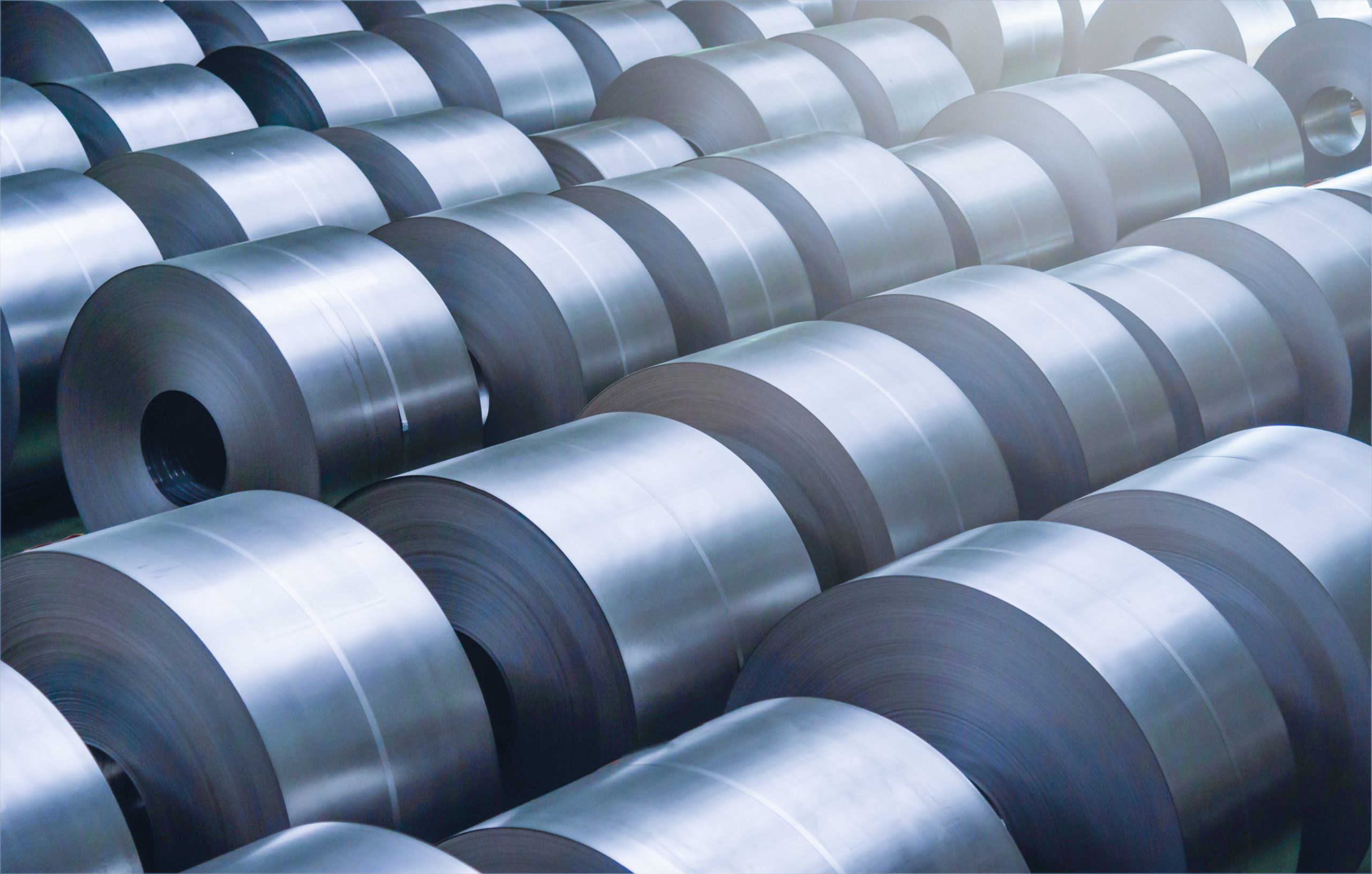
July 20, 2023
HRC Futures: Volatility Leads Market Participants to Seek Flexibility
In the past two months, the US Midwest Hot Rolled Coil (HRC) futures market has experienced significant fluctuations. The initial decline in prices led to destocking and low inventory levels. However, recent price increase announcements by mills halted the downward trend and even reversed it temporarily. The futures curve reflected short-term optimism but indicated that the market viewed the price hikes as a demand-pulling tactic rather than a long-lasting trend reversal. The market has been volatile, influenced by factors such as elevated physical lead times, low consumer inventories, reshoring manufacturing, and fluctuating interest rates.
The recent activity suggests a pause in spot prices, with mills attempting to hold prices steady despite soft manufacturing data. Import competition and selling interest from importers have impacted the market. The futures curve for Q3’23 HR average price reflects a slight increase, but the rest of the curve remains relatively flat. The market is likely to remain choppy and volatile in the coming weeks before a clearer direction emerges. The recent rally in August futures, accompanied by decreasing open interest, raises questions about the sustainability and commercial interest in the market. The future trajectory of HRC prices is uncertain, and participants should approach the market with caution, as it has proven to be unpredictable and challenging to navigate.
With the uncertainty described in these recent news articles, it should be no surprise to hear that market participants would be prudent to seek flexibility. Fortunately, implied volatility levels would support the notion of selling options, facilitating the potential for a lower-cost strategy that could help traders buy time while the market shakes itself out. Implied Volatility is an essential element in an option’s price level, called premium. If volatility is high, the premium on the option tends to be relatively high. If volatility is low, the premium on the option tends to be relatively low.

When implied volatility is high, multi-leg option strategies can provide hedgers the ability to protect against a range of prices while also allowing for participation to beneficial price moves.
For example, a company with a large inventory balance— with risk to lower prices, might look to purchase a put option to place a floor on the inventory value. With implied volatility high, they could sell a lower strike put below that floor and a higher priced call option to reduce the cost of the protection. The resulting hedge position would look something like this:

Using US Midwest Hot-Rolled Coil options, the company would have a floor on their inventory value from $920 to $820, a price range where the market has shown some support this year. Additionally, from $920 up to $1,020, the company would participate in higher price on their inventory. They would be capped near year-to-date highs at $1,020. The strategy would cost about $20/ton, reducing the strategy cost by half vs. the put option on its own.
A similar strategy could be implemented for a company that has risk to higher prices. The major difference would be that the upside position would purchase a call option instead of a put. Buying the call would flip the above image upside down, but largely follow the same concept. Using the same strike prices as above, the company would have protection to the year-to-date highs previously discussed, and participation to the $820 level.

There is risk in futures and options trading. While the strategies above provide flexible protection at a low cost, there are considerations that must be made:
- Both the protection and participation elements of these strategies have limitations at different prices
- These strategies provide the potential for margin calls
- Offsetting before expiration will change the cost and P/L
When trading options, positions should be managed as the market changes and time passes.
Want to learn more about steel futures? Attend the “Managing Price Risk Workshop” at our Steel Summit conference on Monday, Aug. 21, at 10 am. You can see the full agenda here and register here.